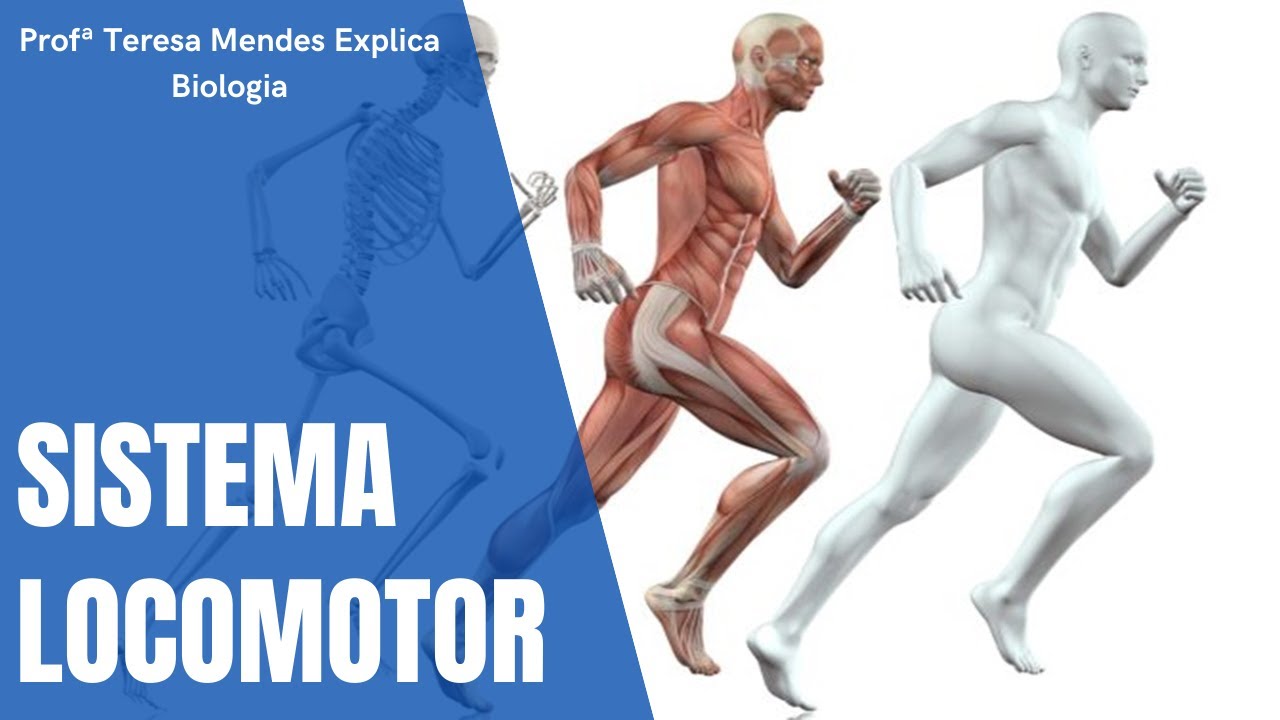The Basic Science of Tendons & Tendinitis
Summary
TLDRThis video script delves into the anatomy and physiology of tendons, highlighting their role in connecting muscles to bones and their importance in movement. It explains the structure of tendons, their elasticity, and how they can become injured through repetitive stress leading to tendinitis. The script advises on the healing process, emphasizing the importance of proper diagnosis, reduced stress on the affected tendon, and eccentric exercises to promote collagen fiber alignment during healing. It concludes with a reminder of the significance of a well-planned rehab schedule for full recovery.
Takeaways
- 😌 Tendons are connective tissues primarily made up of collagen, similar to ligaments and fascia, and they connect muscle to bone.
- 💪 Tendons are strong, static tissues with elastic properties that function like springs during activities like jumping or running.
- 🔍 A healthy tendon has collagen fibers arranged in a parallel fashion, which contributes to its strength.
- 🤕 Tendon injuries, known as tendinopathies, occur when the rate of degradation exceeds the rate of regeneration due to repetitive strain.
- 🏥 Common areas prone to tendon injuries include joints like the elbow, shoulder, and knee.
- 🔑 Tendonitis is a common term used to describe acute tendon injuries that lead to inflammation.
- 🏋️♂️ Initial repair of a tendon can happen in a few days, but complete healing may take up to several months.
- 🏃♂️ Eccentric exercises, where the muscle lengthens, are recommended as part of the healing process for tendons.
- 🤲 Gentle stretching and massaging of the tendon during healing can help ensure proper collagen fiber alignment.
- 📝 A proper rehabilitation schedule and a good diagnosis are crucial for effective tendon healing.
- 👨⚕️ Consulting a healthcare professional for a proper diagnosis is advised if you're not adept at self-diagnosing tendon injuries.
Q & A
What are tendons and how are they different from ligaments and fascia?
-Tendons are connective tissues made mostly of collagen that connect muscle to bone. They are strong and have some elasticity, functioning somewhat like springs during activities like jumping or running. Ligaments, also made of collagen, connect bone to bone, while fascia connects muscle to muscle.
What is the basic function of tendons in the human body?
-Tendons facilitate movement by connecting muscles to bones. They are responsible for the transmission of forces exerted by muscles to the bones, enabling various physical activities.
How do tendons store and release energy during movement?
-Tendons, due to their elastic properties, act like springs. They store energy during the downward phase of movements, such as jumping, and release it during the upward phase, aiding in the movement's efficiency.
What is the structural composition of a healthy tendon?
-A healthy tendon is composed of bundles of collagen fibers that are arranged in a parallel fashion. This arrangement provides the tendon with its strength and resilience.
What happens when a tendon is injured?
-Tendon injuries, known as tendinopathies, occur when the load on the tendon exceeds its capacity to withstand repetitive stress, leading to micro-tears. If the rate of degradation exceeds the rate of regeneration, it can result in chronic issues.
What is the term used to describe acute tendon injuries that lead to inflammation?
-The term 'tendonitis' is used to describe acute tendon injuries that result in inflammation. It is a common condition, especially among aging athletes.
How long does it typically take to heal a tendon injury?
-While the initial repair of a tendon may happen within a few days, it can take up to several months for a tendon to fully heal and regain its strength.
What type of exercises are recommended during the healing process of a tendon?
-Eccentric style exercises are recommended during tendon healing. These exercises involve the lengthening of muscles, such as lowering a weight in a biceps curl, which can help in the proper alignment of collagen fibers during healing.
Why is it important to move, stretch, and gently massage the tendon while it's healing?
-Moving, stretching, and gently massaging the tendon during healing helps ensure that the new collagen fibers are laid down in a parallel arrangement, which is crucial for the tendon's strength and function.
What is the role of a healthcare professional in diagnosing and treating tendon injuries?
-A healthcare professional can provide an accurate diagnosis of a tendon injury and recommend an appropriate rehabilitation schedule. They can also guide on the type and intensity of exercises to perform during recovery.
Why is it advised not to completely stop exercising when recovering from a tendon injury?
-Complete cessation of exercise can lead to muscle atrophy and loss of fitness. It is advised to modify activities to put less stress on the injured tendon, allowing for healing while maintaining some level of physical activity.
Outlines

This section is available to paid users only. Please upgrade to access this part.
Upgrade NowMindmap

This section is available to paid users only. Please upgrade to access this part.
Upgrade NowKeywords

This section is available to paid users only. Please upgrade to access this part.
Upgrade NowHighlights

This section is available to paid users only. Please upgrade to access this part.
Upgrade NowTranscripts

This section is available to paid users only. Please upgrade to access this part.
Upgrade Now5.0 / 5 (0 votes)





